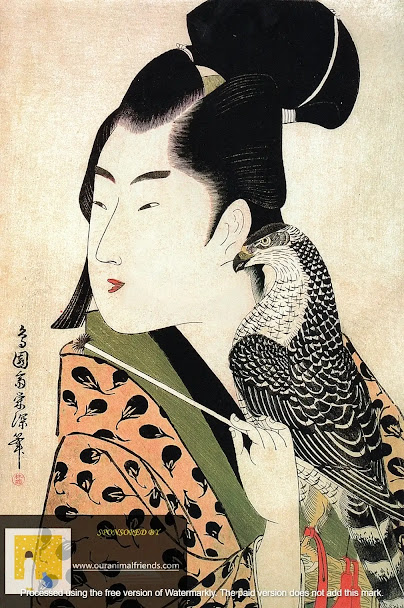Are Fireflies Flies? Exploring the Light Carriers of Nature
On summer nights, something magical often happens. Around midnight, small, sparkling lights dance and shimmer in the darkness like little stars. The origin of this night show? Fireflies. But here's an unexpected fact: despite their name, fireflies aren't flies at all. So, what are they?
Fireflies are commonly referred to as "flies" even though they're actually beetles, not true flies. This is because of everyday language rather than scientific classification. In English, the word "fly" is often used for any flying insect, no matter what type it really is.
Sadly, fireflies are dealing with issues such as losing their habitats, light pollution, pesticides, and climate change. Fireflies are becoming less common in the United States and Europe, and fewer people are spotting them. Over the past few years, firefly numbers have dropped a lot around the world, worrying scientists about their future.
For many Japanese and Korean individuals, witnessing fireflies dancing among the trees is a treasured memory that they will hold dear throughout their lives.
Fireflies are insects that are unique in the insect world
Fireflies aren't actually flies. They're a type of insect characterized by hard forewings that shield their delicate hind wings. This unique feature categorizes fireflies within the order of Coleoptera, alongside ladybugs and stag beetles. Therefore, fireflies are indeed beetles.
 |
| The Dance of Fireflies |
Fireflies are commonly referred to as "flies" even though they're actually beetles, not true flies. This is because of everyday language rather than scientific classification. In English, the word "fly" is often used for any flying insect, no matter what type it really is.
Fireflies are the light bearers of nature
Fireflies stand out from beetles in their ability to produce light. Fireflies make light using special parts in their belly. They have luciferase enzymes that react with luciferin, making light without heat, which is called cold light. Scientists are interested in how firefly lights work, and this has led to progress in areas like biotechnology and medical imaging.
Apart from their stunning light shows, fireflies serve crucial ecological roles. Baby fireflies are hungry predators, especially for creatures like snails, slugs, and other soft-bodied animals without backbones. By doing this, they help control the number of pests.
 |
| Fireflies spend most of their lives as larvae, known as glowworms |
Sadly, fireflies are dealing with issues such as losing their habitats, light pollution, pesticides, and climate change. Fireflies are becoming less common in the United States and Europe, and fewer people are spotting them. Over the past few years, firefly numbers have dropped a lot around the world, worrying scientists about their future.
Fireflies in the culture of Japan and Korea
Fireflies have a special place in Japanese and Korean culture.
In Japanese culture, fireflies, known as "hotaru," are linked with summer nights and represent the temporary beauty of the season. For ages, the sight of fireflies has inspired poets, artists, and storytellers, bringing feelings of nostalgia and wonder. Families often gather for annual firefly viewing events, called "hotaru-gari," to enjoy the magical sight of hundreds of fireflies lighting up the sky.
In Japanese culture, fireflies, known as "hotaru," are linked with summer nights and represent the temporary beauty of the season. For ages, the sight of fireflies has inspired poets, artists, and storytellers, bringing feelings of nostalgia and wonder. Families often gather for annual firefly viewing events, called "hotaru-gari," to enjoy the magical sight of hundreds of fireflies lighting up the sky.
 |
| In Japanese, "hanabi" means fireworks, but it can also describe the sight of fireflies lighting up the night sky |
Similarly, in Korea, fireflies are regarded as signs of the shifting seasons, particularly the onset of summer. As temperatures rise and days lengthen, fireflies emerge from forests, fields, and riverbanks. Their gentle, flickering glow illuminates the night sky, signaling the transition from spring to summer.
In Korean culture, the appearance of fireflies marks the beginning of "boknal," the hottest days of summer. During this period, people observe the behavior of fireflies to anticipate the intensity of the upcoming heatwave. In certain regions, the timing of the first firefly sightings was believed to predict the severity of summer weather, influencing agricultural practices.
Firefly-themed festivals and events draw large crowds in Korea, bringing people from far and wide to witness the mesmerizing spectacle of these glowing insects.
In Korean folklore, fireflies are often linked with love and romance. Legend has it that if you see fireflies while thinking of someone, it means that person is also thinking of you. This idea adds a romantic touch to the enchanting glow of fireflies on summer evenings.
For many Japanese and Korean individuals, witnessing fireflies dancing among the trees is a treasured memory that they will hold dear throughout their lives.



Comments
Post a Comment